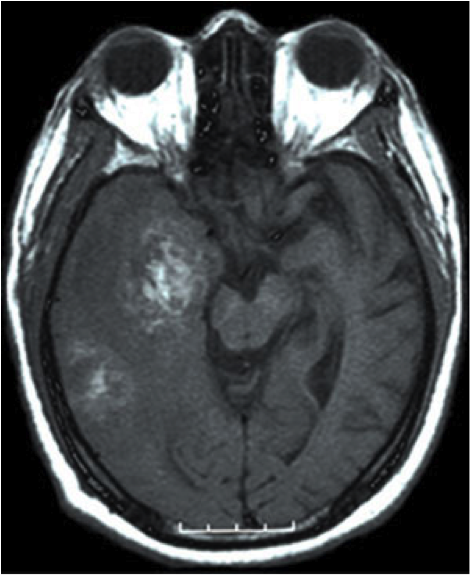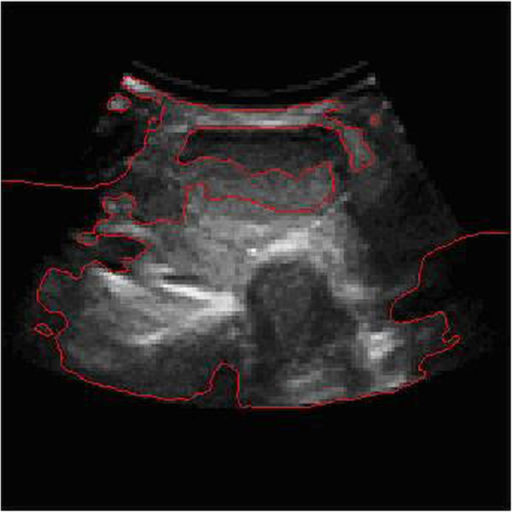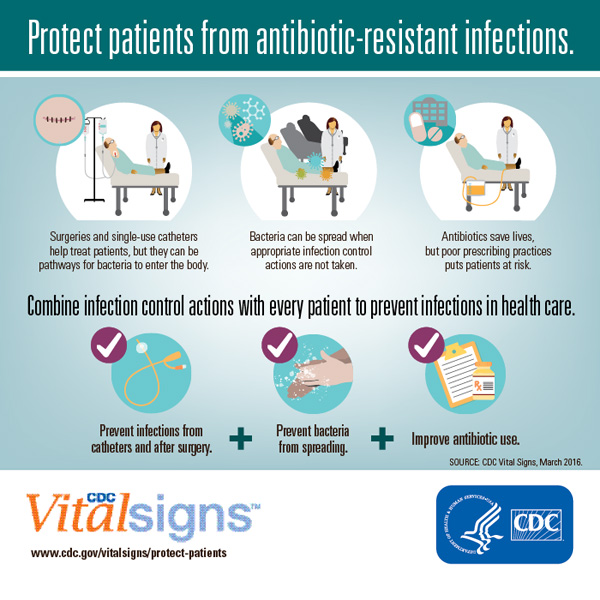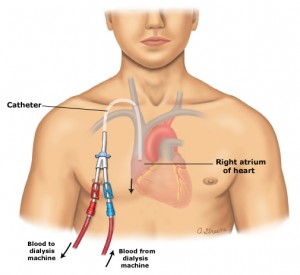Almost once a week I get a call regarding a potential medical malpractice case involving a misread test or x-ray. A patient can suffer serious personal injury or even death because of misread x-rays or tests. In Pasadena, California the Law Offices of Richard M. Katz are all too familiar with such medical malpractice claims in which patients suffered personal injury or death.
I got a call yesterday from a possible client who is a patient at Kaiser Permanente. He believes he may have been a victim of medical negligence because of a misread radiographic study, resulting in at least a three year delay in treatment.
I also got a call from another potential client, yesterday, who believes mammograms may have been misread resulting in three and a half year delay in treatment.
When we have medical testing and in particular x-rays or other radiographic studies as a patient you expect to receive a correct reading of the study or test and a correct diagnosis of any health problems that you may have. Studies and tests are done to evaluate, guide treatment decisions and give you information about your health. As well, provide the opportunity for you to receive care for any problems that may affect your health and well-being.
Unfortunately, things can go wrong and medical malpractice happens. The failure to do proper testing or properly read an X-ray or other radiographic study (medical malpractice) can have devastating consequences. You may lose the opportunity for early intervention. When that opportunity is lost, you may experience a worsening of your medical condition. Sometimes, you may need more complicated, dangerous or expensive treatment as a result. In the most tragic cases, a person may even die from injuries or an illness that otherwise may have been treated or preventable. Severe personal injury or death can happen becasue of medical malpractice.
Medical testing and x-rays or other radiographic studies are some tools that doctors use to diagnose patients with many different illnesses and injuries. Some examples of testing / procedures patients may undergo are X-rays, MRIs, CT-Scans, PET-Scans, Bone scans, Ultrasounds and Mammograms to name a few.
Some examples of tests or diagnostic work ups include Pap smears, Cancer screenings for cervical cancer, prostate cancer or other common cancers, Biopsies to detect if there is a malignant tumor or cancer cells in the body, Blood pressure tests, Allergy test, Cholesterol tests, Allergy test, Blood tests, Amniocentesis to detect fetal abnormalities, STD testing, including testing for HIV/AIDs, Fertility testing.
These studies and tests are done to figure out what is wrong with you. From broken bones to cancers to other life-threatening illnesses. Prenatal tests can tell you whether your baby is going to be born with a serious or fatal condition. Allergy tests can determine if whether you are allergic to anything that could cause a fatal reaction or whether your cholesterol or high blood pressure are putting you at risk of a heart attack. When a mistake is made on any of these studies or tests, the consequences may be far-reaching. Bad medicine can seriously adversely affect one’s health as a result.
The Law Offices of Richard M. Katz has handled many medical malpractice cases involving misread tests and misread X-Rays and other radiographic studies. Some of the cases we have handled resulted in serious injury or death as a result of an internal bleeding or leak going undetected or misread. Because of mammograms being misread, the progression of cancer spreading throughout the body. Worsening of cardiac problems from failure to see the signs of trouble in an artery. Brain damage because of an internal brain bleed being missed. As a result of the improper pap smear cervical cancer went undetected. The examples go on and on.
These and other consequences of medical malpractice can be devastating or fatal. One report found that 28 percent of 583 diagnostic mistakes were life threatening or had resulted in death or permanent disability. Another study estimated that fatal diagnostic errors in U.S. intensive care units result in 40,500 deaths each year.
Healthcare professionals make many different types of mistakes in reading tests and X-rays. Tests can be lost, patient sample mix ups have known to happen. There also situations where a doctor or other healthcare professional never follows up with a lab to see what became of the results or the results come into the office and no one ever reads the report. These are all examples of medical malpractice.
It is devastating when the healthcare providers who were supposed to protect and treat you make mistakes that cost you your health or the life of a loved one. Negligent healthcare providers must be held accountable.
Getting help from a personal injury lawyer who has a deep background in medical malpractice law is important. I have more than thirty-five years of experience. My office has a superb track record in handling medical malpractice claims. To learn more about how I can assist you with your case, please give me a call. My office serves clients throughout Pasadena, Los Angeles and California. Please give me, Richard M. Katz, a call at 626-796-6333.









